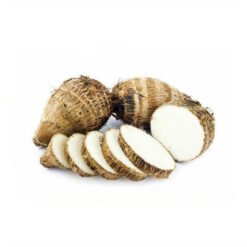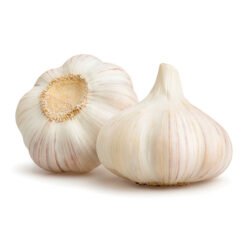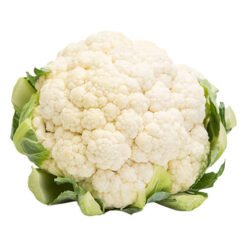The fruit is brown colored large berry which has 2 to 5 shiny and chocolate-brown sometimes blackish-brown colored seeds. The flesh is pale brown in color, smooth and buttery in feel with exceptionally sweet taste. Yes today we are talking about sapodilla fruit. Its scientific name is Manilkara zapota. Generally in Bengali it’s known by the people as Sofeda. Which is very yummy, sweet, delicate and calorie loaded fruit belongs to the category of mango, banana or jack fruit. Sofeda is also called as Noseberry, Mudapples, Sapodilla plum and Chickoo Sapota. The raw fruit has a high latex content and a bit of latex remains even in the ripe fruit. The raw fruit skin is rough and leathery and it becomes smooth on ripening. An overripe fruit tastes mushy and fermented. It is healthier to eat chickoo along with the skin. From late October to late November it’s usually available in our country. It grows well throughout the country, as we are in the tropical environment. It grows in hot climate and takes around 5 to 8 years to get mature. Sofeda tree yields fruit two times a year. Sapodilla is also available in many countries like Guatemala, Honduras, Nicaragua, Costa Rica, Panama, Belize, Southern Mexico, the Caribbean area, Pakistan, Sri Lanka, India, Vietnam, Thailand, Maldives and Indonesia. It promotes good health when eaten with skin. It can also be taken as milkshakes, juice or ice creams. Somewhere it is used to make syrup for medicinal purpose.
Health benefits:
Sapodilla fruit is much prolific, having astounding benefits that leave no parts of the body uncovered.
1. Sapodilla / Sofeda is rich in dietary fiber, may be used as a good natural laxative. Being having adequate fiber, it helps to aid in digestion thus relieves from indigestion and constipation.
2. The anti-inflammatory properties of tannins present in Sofeda reduce the chances of erosive gastritis, enteritis, irritating bowel and reflux-esophagitis and gastric disorders.
3. Sapodilla protects the inner lining of the mucous membrane of colon from carcinogenic toxins.
4. Sapodilla / Sofeda contains Tannin, a powerful antioxidants that acts as anta-cid and contend free radicals. Tannins are effective against many diseases ant acts as anti-viral, anti-bacterial, anti-inflammatory and anti-parasitic.
5. Sapodilla / Sofeda is endowed with minerals such as potassium, copper, iron, folate, niacin, and pantothenic acid which are good for many metabolic body activities.
6. Sapodilla is having vitamin E, vitamin A, vitamin C, and vitamin B complex. These vitamins and antioxidants boost immunity of the body and also good for hair and skin.
7. Vitamin E in Sapodilla has a chemical compound alpha-tocopherol that might reduce the risk of developing heart diseases.
8. Vitamin C helps to improve your immunity and also protect you from gout and cataracts. Vitamin C, also good to provide shining skin.
9. The presence of vitamin is beneficial for eye-vision. It also helpful for lungs.
10. Boiled Semi-liquid of Sapodilla skin may be given to children to control loose motion. The ingredient is also beneficial in case of fever.
11. Eating of Sapodilla / Sofeda helps to relieve from congestion and cough. It is known as expectorant removal.
12. Sapodilla is diuretic in nature, good in removal of waste products from the body by frequent urination. It helps in water concentration thereby prevents water retention.
13. Sapodilla / Sofeda is good for lactating mother due to essential nutrients and carbohydrate. It helps in pregnancy by overcoming nausea and dizziness.
14. Sapodilla / Sofeda has enough calcium, phosphorous, and iron. These nutrients are helpful in strengthening of bones.
15. When the crushed seeds of Sapodilla / Sofeda are eaten, it helps to remove kidney and bladder stones because of its diuretic in nature.
Raw sapodilla fruits have a high content of latex and tannins, and are too bitter in taste. Eating unripe sapodilla fruit can cause mouth ulcers, itchy sensation in the throat, and can cause breathing difficulties. Make it a point not to give it to children in an unripe state. The fruit should be fully matured.









